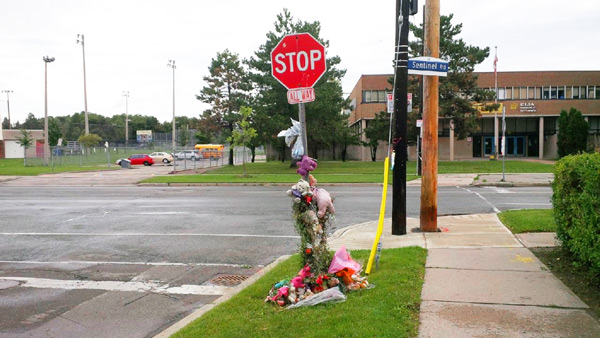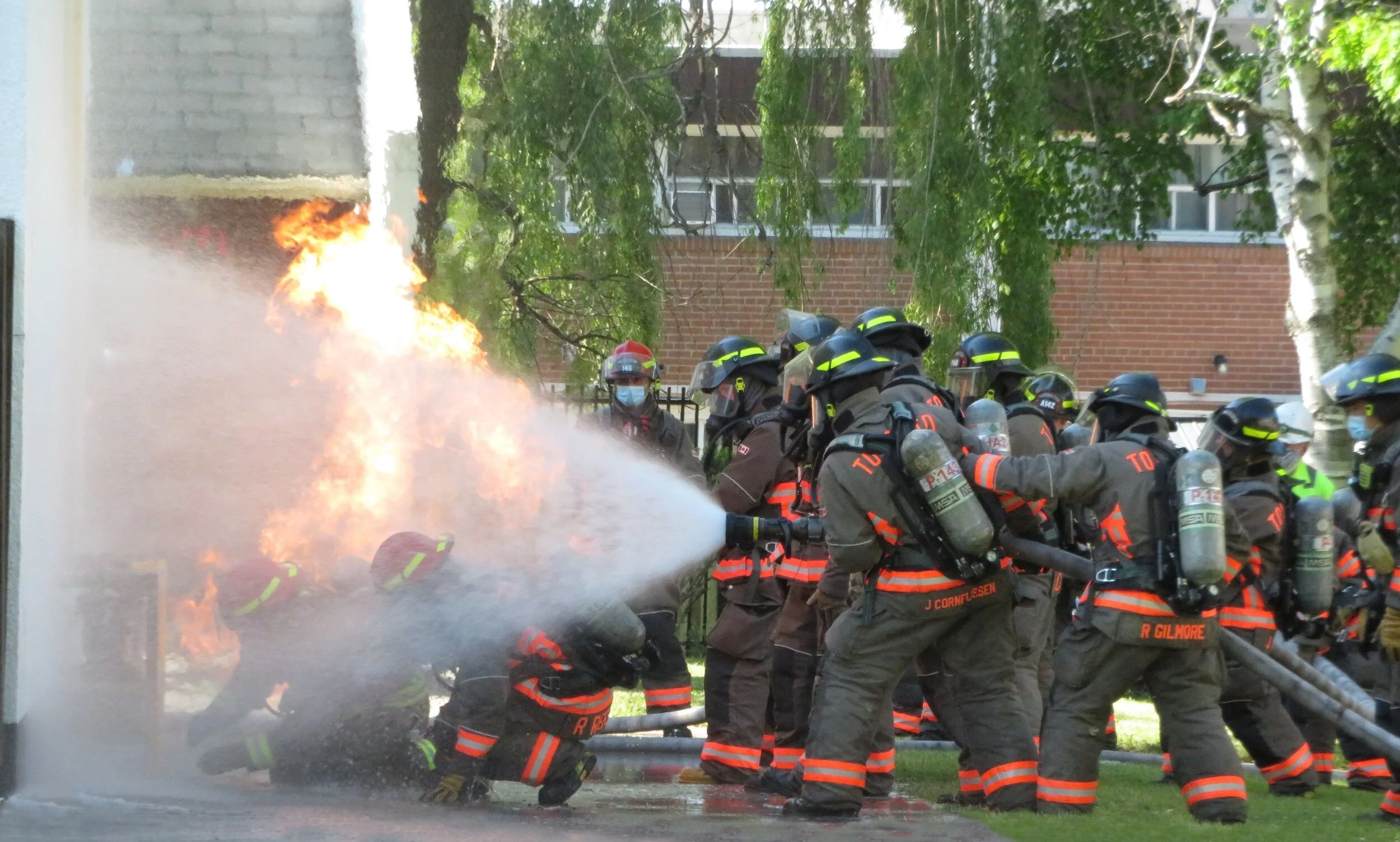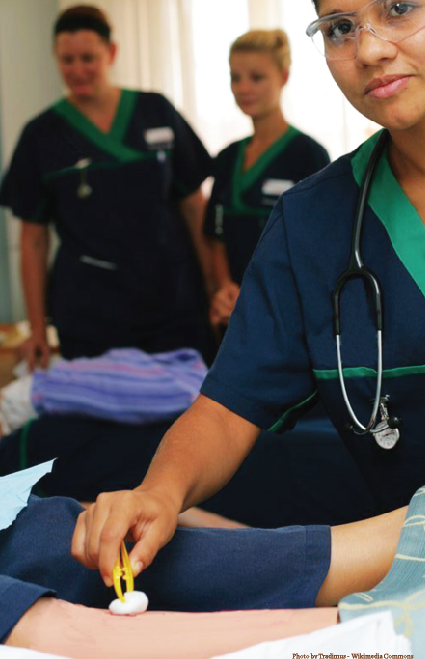By Matias de Dovitiis Last year, the school year in the Downsview community started off with a tragedy. On the first day of school, Violet Liang, a high school student was hit by a truck and killed as she was crossing the street on Lamberton blvd. We should remember this event and learn from it to do honour to Violet. As school starts again and as construction and City traffic bottle, we as drivers should remember that we share the road with children, bicycles and other drivers. As a community, we should also learn from it to avoid such accidents from happening again. With this in light, the City of Toronto started a number of actions to rethink school zone safety such as lowering speed limits around schools, creating more signs to warn drivers they are in school zones and improving their designs, pavement markings, as well as meeting with the school boards to determine safety concerns, educational measures for students and more. These actions were started at the request of Councillor Anthony Perruzza, who asked for a report and started the ball rolling late last year. For the community around Sentinel Rd., the effects were two fold. Last year, we added a crossing guard at the intersection at Lamberton Blvd., and Sentinel Rd. The office of the Chief of Police expedited the process due to the circumstances and the crossing guard was added almost immediately after the request was made. Secondly, a new pilot project called “Watch your Speed” will be starting this fall. The City is purchasing a number of portable speed measuring display signs. There have been a few of these around, but the city will be purchasing more of them. Importantly, the location at Sentinel Rd., and Lamberton Blvd., will be one of 10 locations in the City of Toronto to get one of the displays on an almost permanent basis. It was chosen, because of the accident that occurred last year.
Last year, the school year in the Downsview community started off with a tragedy. On the first day of school, Violet Liang, a high school student was hit by a truck and killed as she was crossing the street on Lamberton blvd. We should remember this event and learn from it to do honour to Violet. As school starts again and as construction and City traffic bottle, we as drivers should remember that we share the road with children, bicycles and other drivers. As a community, we should also learn from it to avoid such accidents from happening again. With this in light, the City of Toronto started a number of actions to rethink school zone safety such as lowering speed limits around schools, creating more signs to warn drivers they are in school zones and improving their designs, pavement markings, as well as meeting with the school boards to determine safety concerns, educational measures for students and more. These actions were started at the request of Councillor Anthony Perruzza, who asked for a report and started the ball rolling late last year. For the community around Sentinel Rd., the effects were two fold. Last year, we added a crossing guard at the intersection at Lamberton Blvd., and Sentinel Rd. The office of the Chief of Police expedited the process due to the circumstances and the crossing guard was added almost immediately after the request was made. Secondly, a new pilot project called “Watch your Speed” will be starting this fall. The City is purchasing a number of portable speed measuring display signs. There have been a few of these around, but the city will be purchasing more of them. Importantly, the location at Sentinel Rd., and Lamberton Blvd., will be one of 10 locations in the City of Toronto to get one of the displays on an almost permanent basis. It was chosen, because of the accident that occurred last year. The project will last a year and start this fall, by late October or early November. It will help to remind drivers of the school zone driving speed. Importantly, there is a possibility of expanding the project to other areas. As construction and congestion in the community pushes traffic into more residential areas we need to start looking at ways to make our roads safer. One of the things that the school boards should be doing is rethinking how we transport our children. The TDSB only offers school bus services to students in grade 5 or under if they live more than 1.6 km away from the school they attend. For a 10 year old, with the way traffic in the City has grown, that distance is starting to become more of a danger. It is about time for the school to rethink the distance requirement. We need to think about the dangers that these distances create for school children, particularly to younger children.
The project will last a year and start this fall, by late October or early November. It will help to remind drivers of the school zone driving speed. Importantly, there is a possibility of expanding the project to other areas. As construction and congestion in the community pushes traffic into more residential areas we need to start looking at ways to make our roads safer. One of the things that the school boards should be doing is rethinking how we transport our children. The TDSB only offers school bus services to students in grade 5 or under if they live more than 1.6 km away from the school they attend. For a 10 year old, with the way traffic in the City has grown, that distance is starting to become more of a danger. It is about time for the school to rethink the distance requirement. We need to think about the dangers that these distances create for school children, particularly to younger children.









